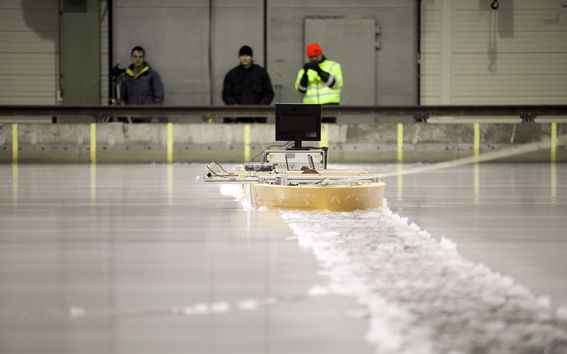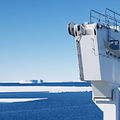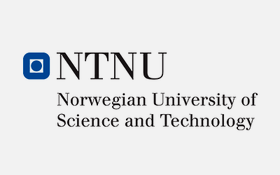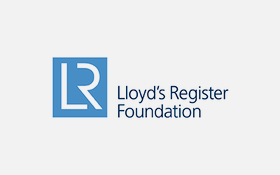Centre of Excellence for Scenario-based Risk Management in Polar Waters (CEPOLAR)

In the near future, new approaches related to increasing automation will change both ship design and maritime system-level design and operations. At the same time, growing interest in Arctic and Antarctic shipping activities due to the decreasing ice cover will also increase the risks of accidents on these waters.
The Centre of Excellence for Scenario-based Risk Management in Polar Waters (CEPOLAR) aims to tackle the issues associated with these new opportunities through guidelines that take a holistic view of the risks present in icy waters. The project is multidisciplinary, combining expertise in design methods, ice environment, ship-ice interaction, and structural damage and consequence analysis.
See the press release and presentations from the kick-off meeting
New rules for growing traffic
Demands for shipping in Arctic regions is increasing not only because of the increased volumes of gas and oil transported from Russia but also due to the use of the Northern Sea Route. When shipping moves more towards the North and South Pole, it brings with it an increased interest in the safety and sustainability of polar shipping, as well as in floating offshore installations operating in geographical areas with ice-infested waters.
Current rules and regulations for the design of ice- going ships are either deterministic or address risks in a way that is only partly based on performance. All accident-borne limit states are not properly considered by the IMO Polar Code or the IACS unified requirements for polar ships. This necessitates the development of goal-based regulations for ship safety and sea traffic.
Recommended practices will be developed to cover all key elements of polar ship design, namely:
- Definition of ice conditions
- Ship-ice contact characterisation
- Limit state analysis of structures
- Holistic risk/reward analysis for polar navigation and polar ship design
This development work is conducted in collaboration with key stakeholders from the international maritime industry.
The scope of this project is to develop guidelines for the safe and sustainable design of ice classed fleets by combining practical knowledge, state of the art engineering methods, and fundamental academic developments pertaining to the definition of safety levels at the early stages of ship design. To achieve the our goal, we study risks of Arctic operations by defining hazard scenarios and quantitatively estimating their impact (probability and consequences) of those at the concept design stage.
Member organisations
The project consortium consists of five universities with experience from the earlier CEARCTIC project, funded by the Lloyd's Register Foundation:
- Aalto University, Finland
- Memorial University of Newfoundland, Canada
- Hamburg University of Technology, Germany
- Norwegian University of Science and Technology, Norway
- University of Helsinki, Finland
Contact
See also
Marine and Arctic Technology
We focus on the behaviour of ships and structures in normal and extreme environments. We do our research by considering the safety of maritime transportation, as well as the experiences the marine environment can offer to cruise vessel passengers.

Aalto Ice and Wave Tank
Aalto Ice and Wave Tank is a multipurpose basin ideally suited for testing ships and other maritime structures in ice conditions.

Joint Research Centre of Excellence for Arctic Shipping and Operations
Arctic Technology is a specialised field in which Finland has strong scientific achievements and considerable doctoral training. Arctic Technology is one of the five research focus areas of the School of Engineering.













